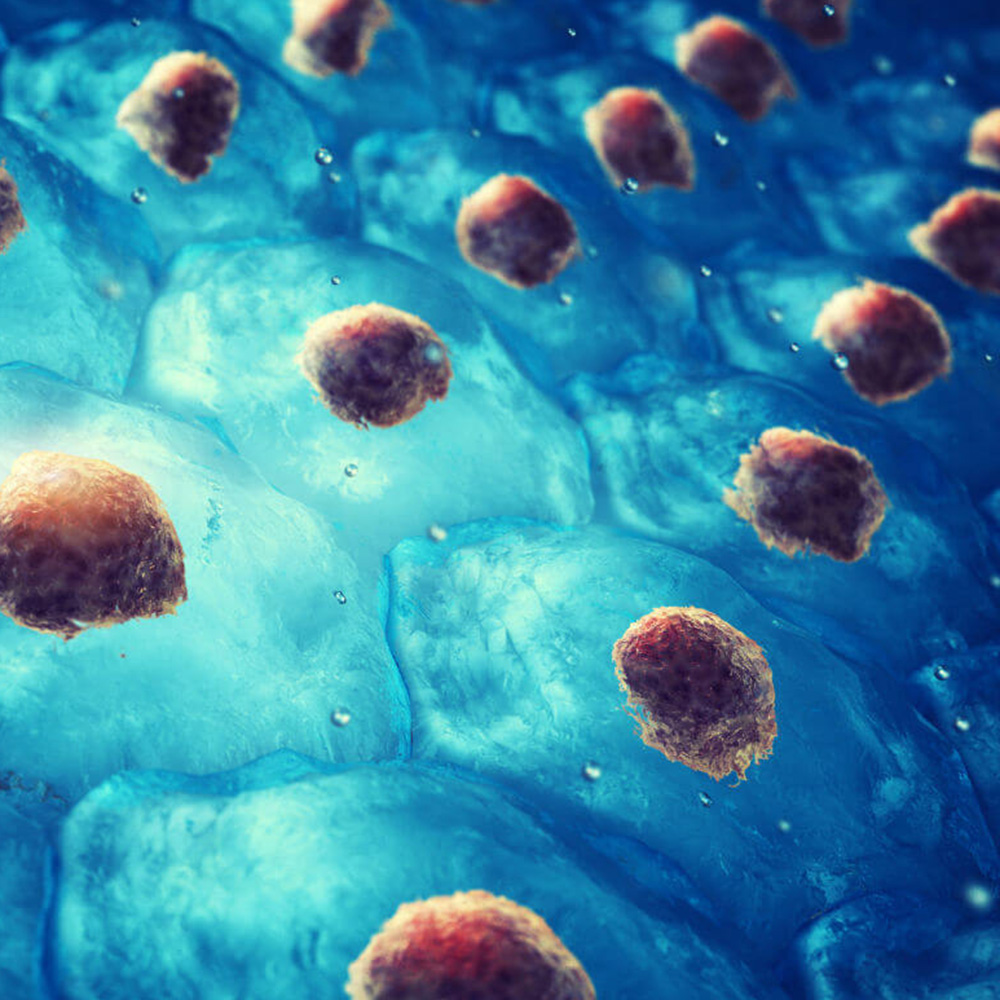
Every 30 trillion cell in human body has a life cycle. Before the cell's lifespan is over, or damaged by endogenous/exogenous injury, the cell will release signals to mobilize stem cells in the blood/tissue to come to the recipient cell and assist it in cell division and tissue repair.
Currently, the most commonly used stem cell therapy in medical include bone marrow stem cells, cord blood stem cells and peripheral blood stem cells. They exist in adult-specific tissues and have the ability to form precursor cells from stem cells and to differentiate into functional cells. For example: bone marrow stem cells, hematopoietic stem cells, neural stem cells.
In specific conditions, adult stem cells either produce new stem cells or differentiate according to a specified procedure to form new functional cells, thereby maintaining a dynamic balance between growth and decline in tissues and organs. Many tissues and organs of adult animals, such as the epidermis and hematopoietic system, have the ability to repair and regenerate. Adult stem cells play a key role in this. In the past, stem cells were considered to mainly consist of epithelial stem cells and hematopoietic stem cells. Recent research has shown that neural tissue previously considered non-regenerative still contains neural stem cells, suggesting that stem cells are widespread. Stem cells are often located in specific microenvironments. Mesenchymal cells in the microenvironment can produce a series of growth factors or ligands that interact with stem cells to control the regeneration and differentiation of stem cells.
Our Swiss Nutrition Program, which uses vegetable and fruit nutrition, has been clinically proven to help the human body regulate the stem cell microenvironment, enhance the activity, quantity, and capacity of stem cells, and even help to reduce tumor stem cells.

